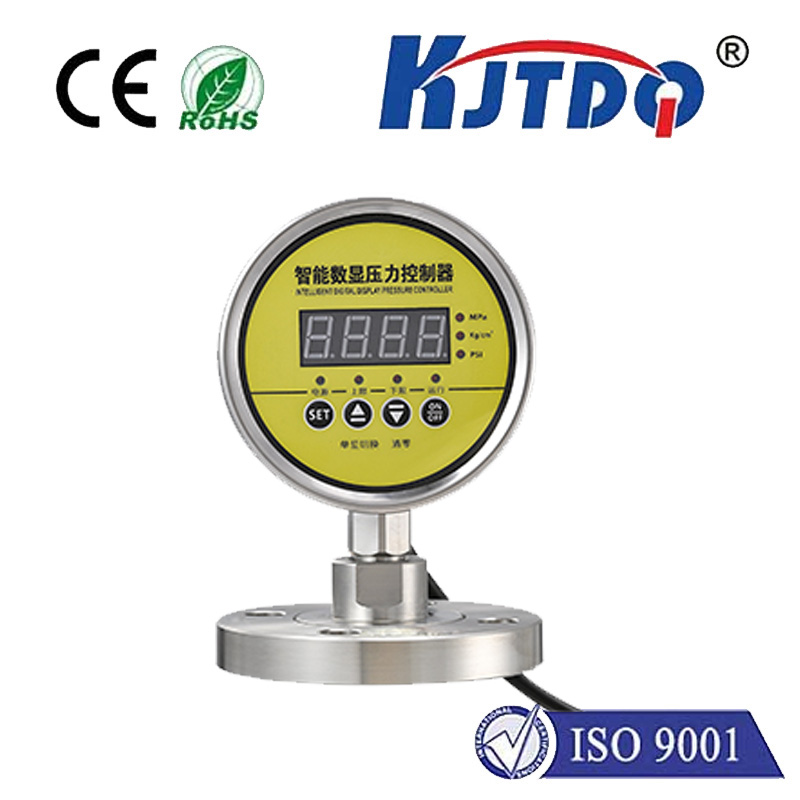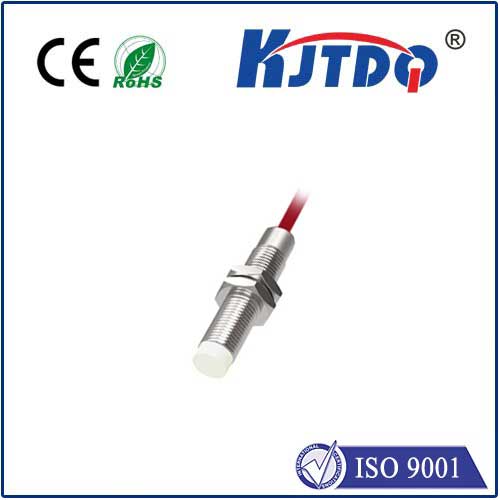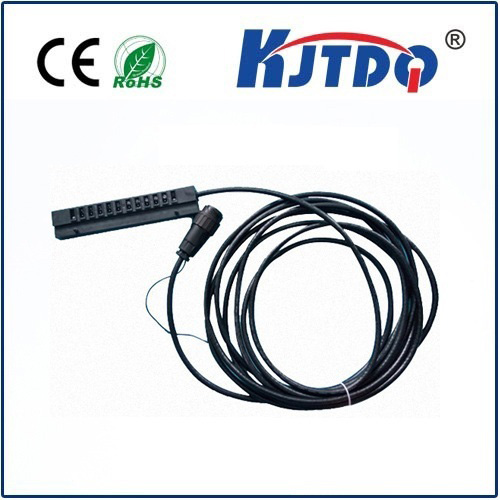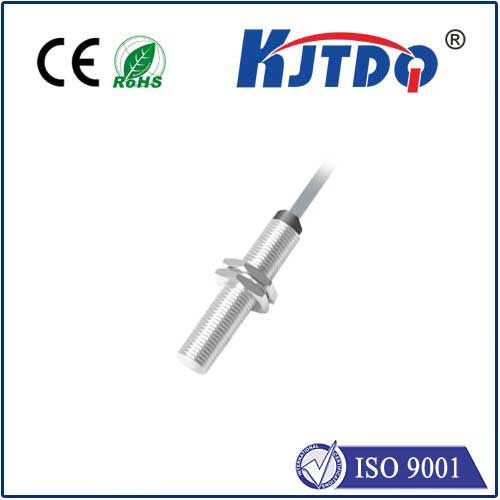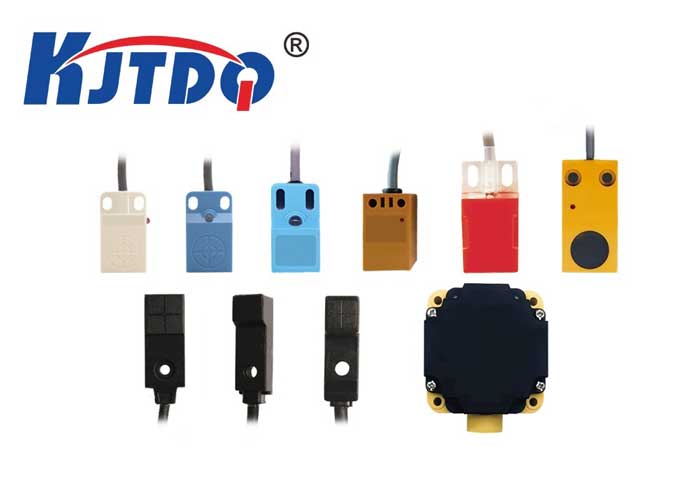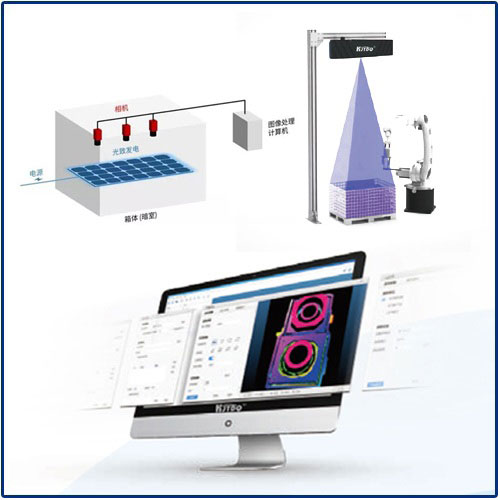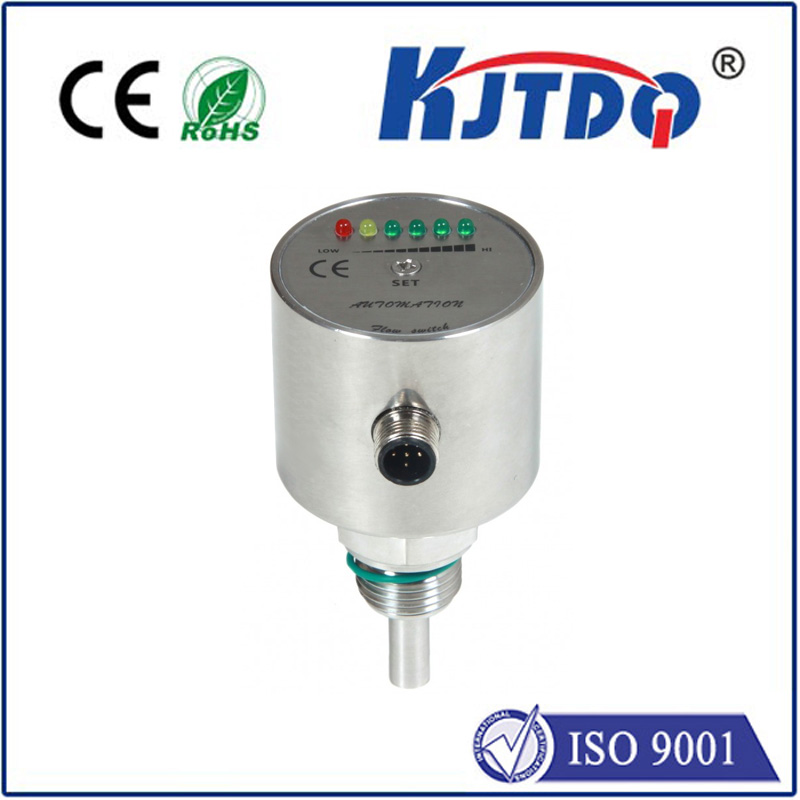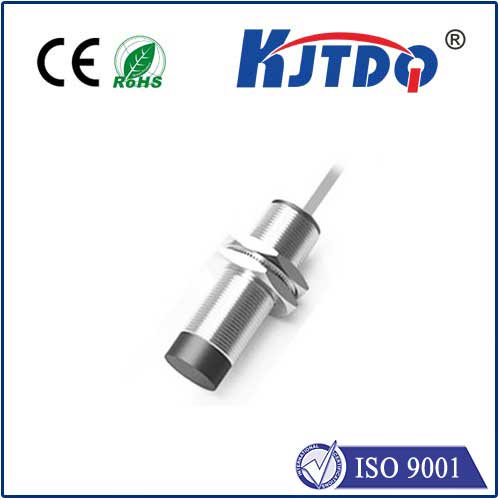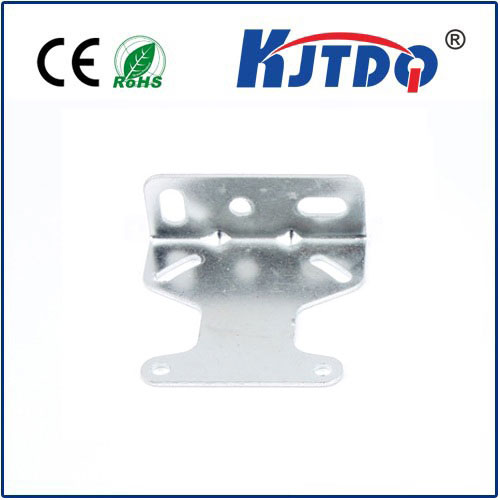
check

check

check

check
Exploring the Versatility of SPS-4E-2-NP-NPT: A Comprehensive Analysis The world of engineering and design is often marked by complex specifications that cater to specific industrial needs. One such specification is SPS-4E-2-NP-NPT, a term that may sound intricate but carries significant importance in various applications. This article delves into the meaning, applications, and significance of SPS-4E-2-NP-NPT, offering insights for professionals and enthusiasts alike.
At its core, SPS-4E-2-NP-NPT refers to a particular thread standard used primarily in the oilfield and gas industry. The abbreviation stands for “Standard Plain Seamless,” with dimensions indicating an outer diameter (OD), schedule (wall thickness), number of threads per inch (NP), and thread type (NPT). Specifically, SPS-4E-2-NP-NPT signifies a pipe with a plain seamless finish, an outer diameter of 4 inches, a schedule number indicating the wall thickness, and National Pipe Taper (NPT) threading.
The specification SPS-4E-2-NP-NPT is crucial in various sectors due to its robustness and compatibility. Here are some key areas where this specification comes into play:
Oil and Gas Industry: In drilling operations, pipes meeting this specification ensure reliable connections that can withstand high pressures and harsh conditions.
Petrochemical Plants: These specifications are also essential in plants where transporting fluids safely without leaks is paramount.

Construction and Engineering Projects: For projects requiring durable piping systems, SPS-4E-2-NP-NPT provides a trustworthy standard ensuring longevity and efficiency.
Adherence to the SPS-4E-2-NP-NPT specification is vital for several reasons:
Safety: Ensuring that pipes meet these standards minimizes the risk of failures which could lead to hazardous situations, especially in high-pressure environments.
Interoperability: Using standardized specifications ensures that components from different manufacturers can be integrated seamlessly, avoiding compatibility issues.
Regulatory Compliance: Industries often have stringent regulations, and adhering to recognized standards like SPS-4E-2-NP-NPT helps in compliance with legal requirements.
While the benefits of SPS-4E-2-NP-NPT are clear, there are challenges to consider:
Cost: High-quality materials and manufacturing processes required to meet these standards can increase costs.
Complexity: Ensuring consistent quality over large production runs necessitates sophisticated manufacturing techniques and rigorous testing.
Training: Personnel must be well-versed in understanding and working with these specifications to ensure proper implementation and maintenance.
The SPS-4E-2-NP-NPT specification plays a critical role in ensuring the reliability and safety of various industrial applications. While it presents certain challenges, it ultimately offers significant advantages in terms of safety, interoperability, and regulatory compliance. Professionals in fields utilizing this specification need to stay informed and skilled to fully leverage its benefits while mitigating associated risks. As industries continue to evolve, maintaining adherence to such standards will be key in driving progress and innovation.
